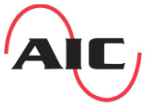Do you have the right motor controls for your machinery? Can a Variable Speed Drive save you money? What other features and benefits can a VFD provide? At Applied Industrial Controls, Inc., we can answer these motor control questions and provide you with the solutions you need to get the most out of your motors and realize a wide range of business benefits. Get in touch with us today to learn more.
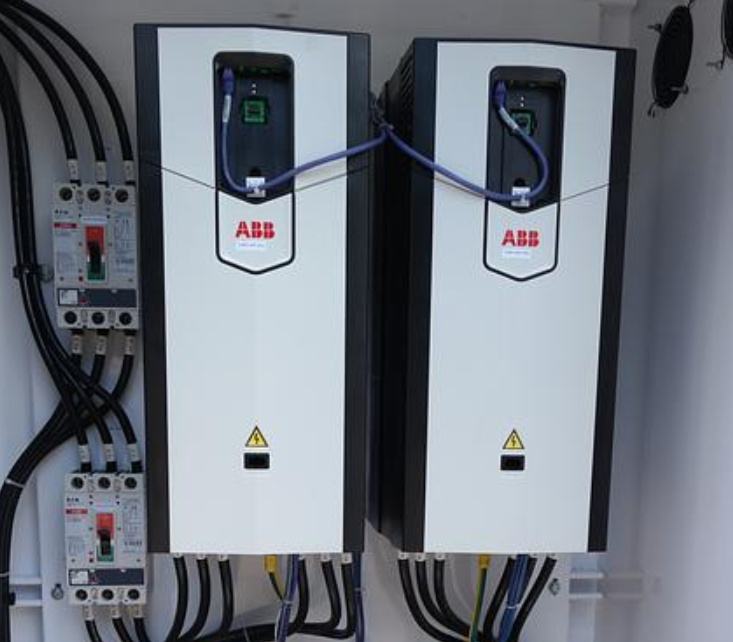
What Is the Difference Between a VFD and a Soft Starter?
When choosing between a variable frequency drive (VFD) and a soft starter, you need to consider a few different variables, such as the application it's used for, the system requirements, and the cost. When a motor is accelerating to full speed, a lot of energy is required. Both soft starters and VFDs are motor control devices that eliminate the inrush currents and decrease the required torque load by gradually ramping the motor up to speed. A soft starter controls the voltage to the motor so that it ramps the motor slowly up to maximum speed and then switches over to the line voltage using across-the-line relays. This eliminates any additional heat load due to voltage regulation. Soft starters provide a gentle acceleration to full speed and are only effective at start up. A VFD regulates the speed of an AC induction motor by modifying the frequency of the sinewave of the supply voltage. VFDs can control the speed of a motor during both the start and stop cycles and operation. Since the frequency determines the motor speed, the VFD can increase and decrease the motor speed on demand. Sensors can be connected through inputs on the VFD to provide feedback through closed-loop PID or open-loop control. Multiple feedback signals can be used to control the motor speed based on dynamic operational environments. This allows the VFD to supply the minimum energy required to meet the application demand. Reducing the motor load can extend the life of the motor and connected equipment by lessening or eliminating the impact due to external forces and inertial loads. Both VFDs and soft starters replace conventional contactor relays as well as the overloads since they both contain internal overload protection. In turn, this also protects the AC electric motor from damage.What Are the Applications for VFDs and RVSSs?
Use VFDs in applications where you need total speed control, where energy savings is the end goal, or there is a need for custom control over the motor speed and torque. VFDs regulate the motor speed based on external signals or preprogrammed speed curves. Fans, pumps, conveyors, and compressors are some of the most common applications that use variable frequency drives.
Use soft starters if you need to reduce the power or load requirements during the start cycle of an operation, but the motor will run at full speed during operation. When equipped with a soft stop feature, some soft starters can also ramp down during the stop cycle. A soft starter is typically used if you only need to reduce large startup inrush currents or if the mechanical system needs a gentle start to relieve torque spikes and tension.


What Is a VFD or VSD?
A variable frequency drive or VFD is a motor controller that varies the frequency and voltage of the power supply to drive an electric motor. VFDs control the ramp-up and ramp-down of a motor during the start or stop phases and allow the motor to run at a speed other than the design speed shown on the nameplate. The advantages of using a VFD include energy savings, extended machinery life, reduced peak current drawn, and intelligent motor control.What Are Other Terms for a VFD?
• VSD – Variable Speed Drive
• ASD – Adjustable Speed Drive
• VSI – Voltage Source Inverter
• CSI – Current Source Inverter
• Frequency Converter
When you use a frequency converter, a motor's voltage and its frequency can be controlled over a wide range. This, in turn, also controls its speed. When used in closed-loop control with a reference signal and PID control loop, the motor provides the required amount of power for the process, but no more. This enables you to save energy and related costs.


What Are the Benefits of a VFD?
When using a variable frequency drive for motor control, you'll notice a range of exciting benefits that include:
• Extended pump or fan life
• Energy reduction
• Simplified pump selection
• Closed-loop control
• Adaptable pump or fan curve
• Mitigating pressure and flow transients
• Reduction or elimination of inrush currents
• Reduction of full load amps
• Phase loss protection
• Over current protection
• Ground fault protection
• The ability to oversize pumps
• Simplified instrumentation
• Additional monitoring potential
• Dynamic process control
• Reversing functions
• Safe Torque Off (STO)
• Early failure warnings
What Is a RVSS?
A reduced voltage soft starter (RVSS) gradually applies increasing voltage and frequency to the motor during starting up. This allows for a smooth acceleration of the motor instead of the sudden burst of power causing the inrush current spike. Some common applications for reduced voltage soft starters include pumps at risk of power surges, conveyor belts, some fan applications, and applications with high inertial loads. Any application prone to sudden, jerky starts could benefit from having a soft starter installed. Some of the advantages of a motor soft start include:
- Reduced Energy Use
- Reduces the stress on a motor
- Reduced risk of power surges
- Increase of starts per hour
- Adjustable acceleration times
- Lower risk of overheating
- Extended machinery lifespan
- Improved operating efficiency
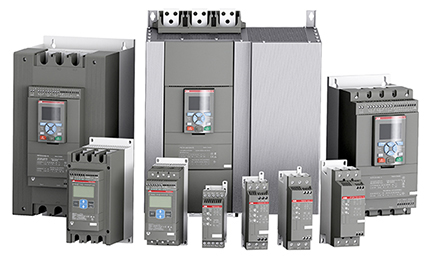
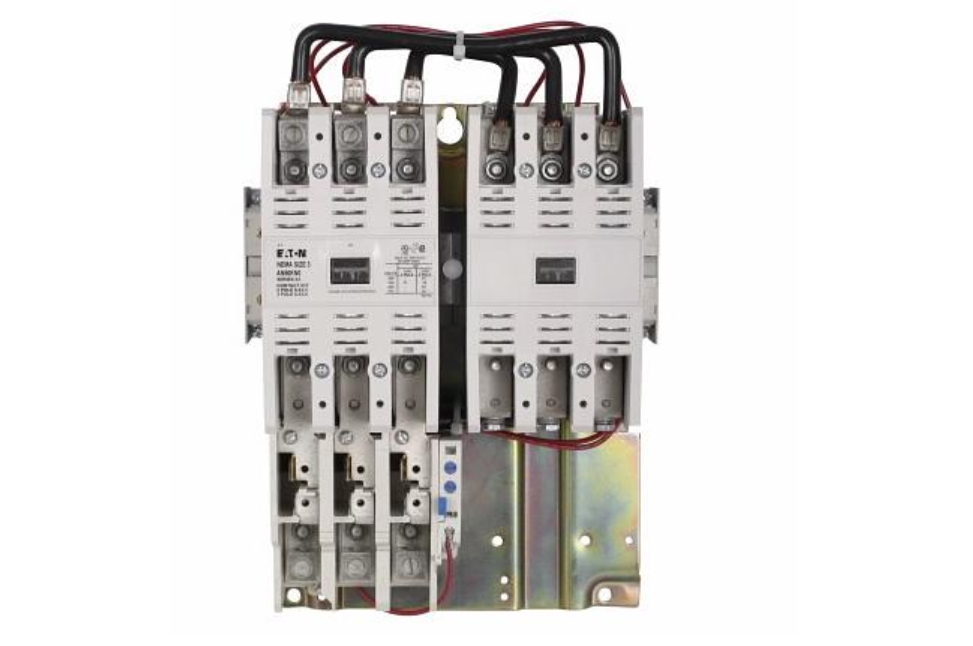
What Is an Across the Line Starter?
An across-the-line starter is a motor control device that connects the incoming power directly to the load with no controlled ramp up to operating speed. A hard start causes the inrush current to spike and starts the motor as quickly as possible. This current spike can trip overloads that protect the motor from overcurrent conditions.
An across-the-line starter can also be referred to as a hard starter or full voltage starter.
What Is a Reversing Starter?
A reversing starter is an across-the-line starter that stops and starts the motor and can run the motor forward and reverse to suit certain applications. Typically, two contactor relays are wired in parallel. The first contactor is wired for forward rotation, and the second contact has two leads swapped, causing the motor to operate in reverse rotation.
What Is a Combination Starter?
The National Electrical Code (NEC) mandates that all motors have branch circuit protection to protect against a short circuit using either a fuse or circuit breaker. The code also requires that all motors have a disconnecting means for servicing. A combination starter is when the disconnecting device, short circuit protective device, and motor starter are all integrated into a single device.
What Is a Manual Motor Starter and Protector (MMP or MSP)?
A manual motor starter and protector is an electromechanical control and protection device for the motor circuit. These are primarily used to manually switch motors on and off while protecting short circuits, overloads, and phase failures without additional fuses or breakers. MSPs provide manual control, short circuit current and overload protection, disconnection function, the adjustable current setting for overload protection, and a magnetic trip indication. Manual Motor Protectors may also be referred to as Manual Motor Starters (MMPs) and Motor Protection Circuit Breakers (MPCBs) Some of the main benefits include:- Less machine downtime by protecting motors
- Less need for troubleshooting and reduced maintenance costs
- Lower initial cost through reduced wiring and reduced material costs
- Efficient planning and installation
- Compact design
- Fast, easy, and reliable connections
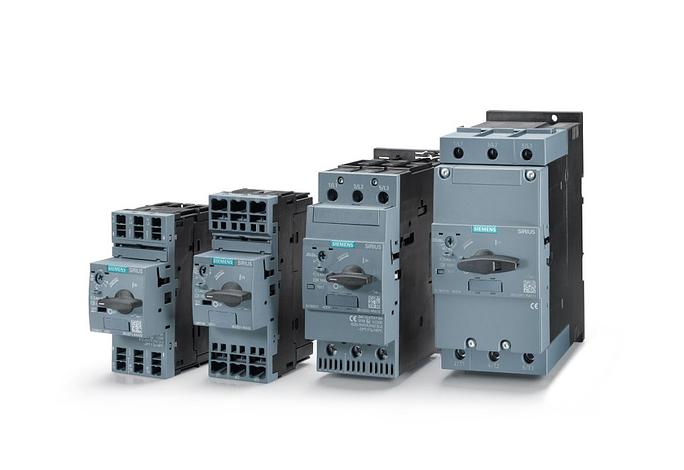
MANUFACTURERS CERTIFICATIONS

